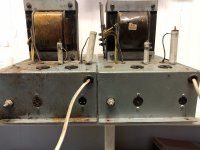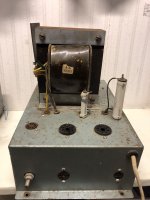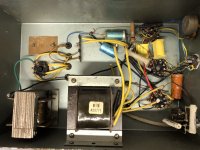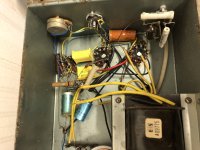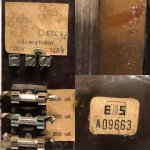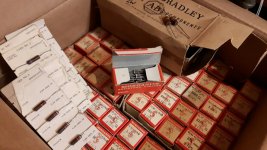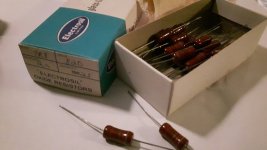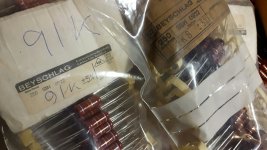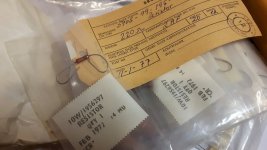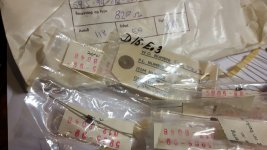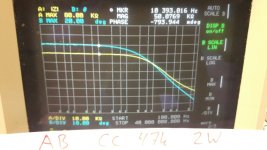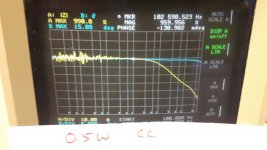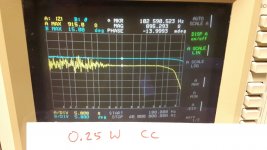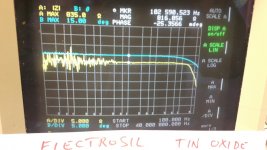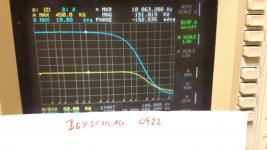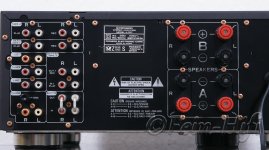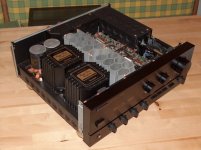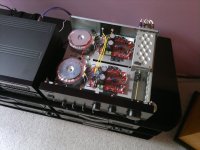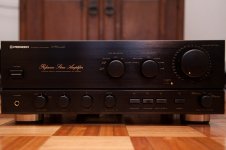Hello everyone
I've been here a long time but more on the reader side, today a decided to share the new portable speaker I've been working.
First, this probably the 5th portable speaker I've built, so its a culmination of everything I've learned on previous build plus a few bookshelf and sub-woofers.
The drivers will be the same as my previous box, two 4,5" Eastech mid bass and two Peerless DQ25SC16. No wait, 4 of each, since I will build two almost identical boxes, one for me and one for my father.
This is what I wanted:
-Smaller than the previous one (10l max vs 21l)
-Play way lower
This mid bass was something golden that I found on a electronic stores, bought it what parameters whatsoever. After measuring I knew it would perform well
Bellow is an simulation in Hornresp of what I came up. Extension to almost 40 Hz in a 3,5 l enclosure. The way to do that was tunning the passive radiator really low as a mean to keep excursion under control, and them just brute force trough equalization.
Response @ 2pi
In theory it would work, but I wasn't so sure, so I build a test box to measure and more important, listen. My biggest worry is that the high excursion even at low volumes would distort the rest of the spectrum
It worked perfectly, I used my Mini DSP to apply the required equalization and took a quick measurement to see what the response looked like, and after that hooked up a tweeter just to listen for a few hours and see if the sound was pleasing.
Near field response of each driver and summed response
After that what was left to do was finish the box design and design a filter to go with it
For the box I went with the smallest size that could fit the drivers, the final dimensions is 401x148x183mm, all made to be CNC cut
For the filter I have a PEQ, a 4th order butterworth low pass and a BSC, all adjustable from outside the box by just removing the back portion of the cloth. The PCB should arrive soon
Today I received all CNC cut wood, my plan is to assemble the box this week and take some measurements to start working on the crossover
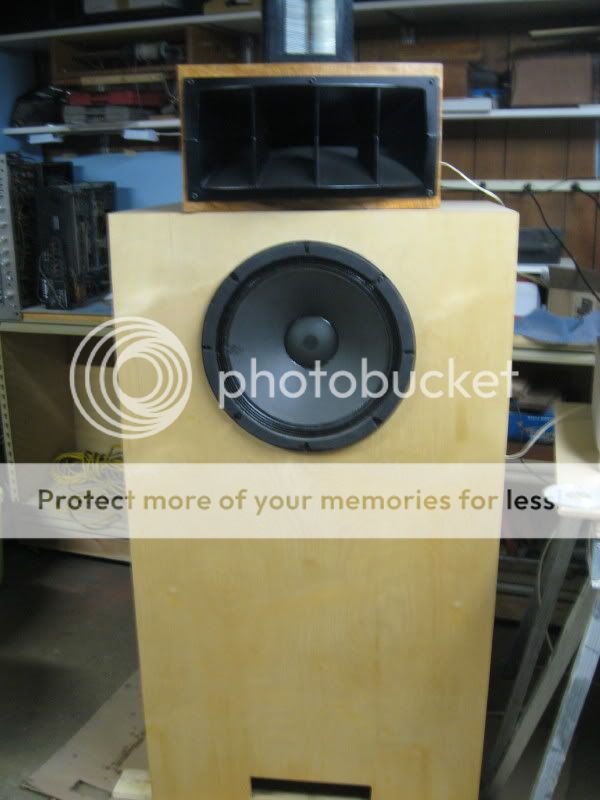


 )
)